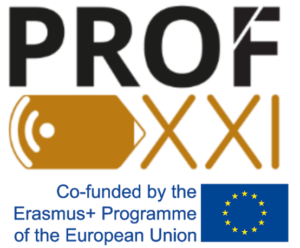
As a result of the COVID-19 pandemic, the year 2020 became a year of forced changes and transformation for Higher Education Institutions (HEIs). In the field of education, it can be defined that only 20% of the institutions had a contingency plan for such situations. Virtual education ceased to be an option and became the plan for academic continuity for HEIs. Institutions had to reinvent and expedite the digital transformation process within their organizations to continue functioning and support students, faculty, and academic staff.
The amount of resources made available to teachers and students significantly increased during the COVID-19 pandemic period, as it became necessary to provide different tools, resources, and support materials for academic activities.
Throughout Latin America and North America, various institutions immediately responded to this emerging need by creating sites for academic continuity. As the name suggests, these sites for academic continuity have been designed with a wide range of resources to support virtual learning, teaching, and research activities, even though they are not categorized as Teaching and Learning Centers, they perform several of these functions.
As part of its monitoring of CEAs’ development in Latin America, the PROF XXI project conducted a global mapping of the 144 sites for academic continuity that were activated in response to the global COVID-19 emergency.
Among the services provided by the sites for academic continuity, we can find:

From the analysis of the 144 sites for academic continuity conducted by the PROF XXI project, we can summarize the following:
- 23% of the sites for academic continuity offer training for their staff and the educational community.
- 46% offer academic resources.
- 31% include academic update programs.
At the same time, these sites for academic continuity have been used to share institutional-use materials, such as:
- Regulations and norms regarding administrative and academic activities.
- Schedules of academic activities for the academic period.
- Performance of administrative and academic procedures specific to the institution.
- New student incorporation and instruction processes.
- Recommendations regarding COVID-19 safety protocols.
One of the important considerations that HEIs took into account for the academic continuity contingency plan was the use of an LMS (Learning Management System) or Academic Platform, which should meet the institution’s expectations and needs and be capable of reaching a wider range of the educational community in each institution. In the analysis presented from the 144 sites for academic continuity, a summary is provided of the most commonly used platforms on these sites:
Types of platforms most used by sites for academic continuity.
- 37% of the sites for academic continuity use the Canvas platform.
- 29% use other platforms.
- 23% use the Blackboard platform.
- The remaining 11% use Moodle.
Sites for academic continuity have been crucial for the development of educational activities in HEIs during the COVID-19 pandemic. With the support of these sites, HEIs have ensured that the educational community can meet and continue with their activities. Below, we share the list of the sites for academic continuity for you to explore and review their structure.




